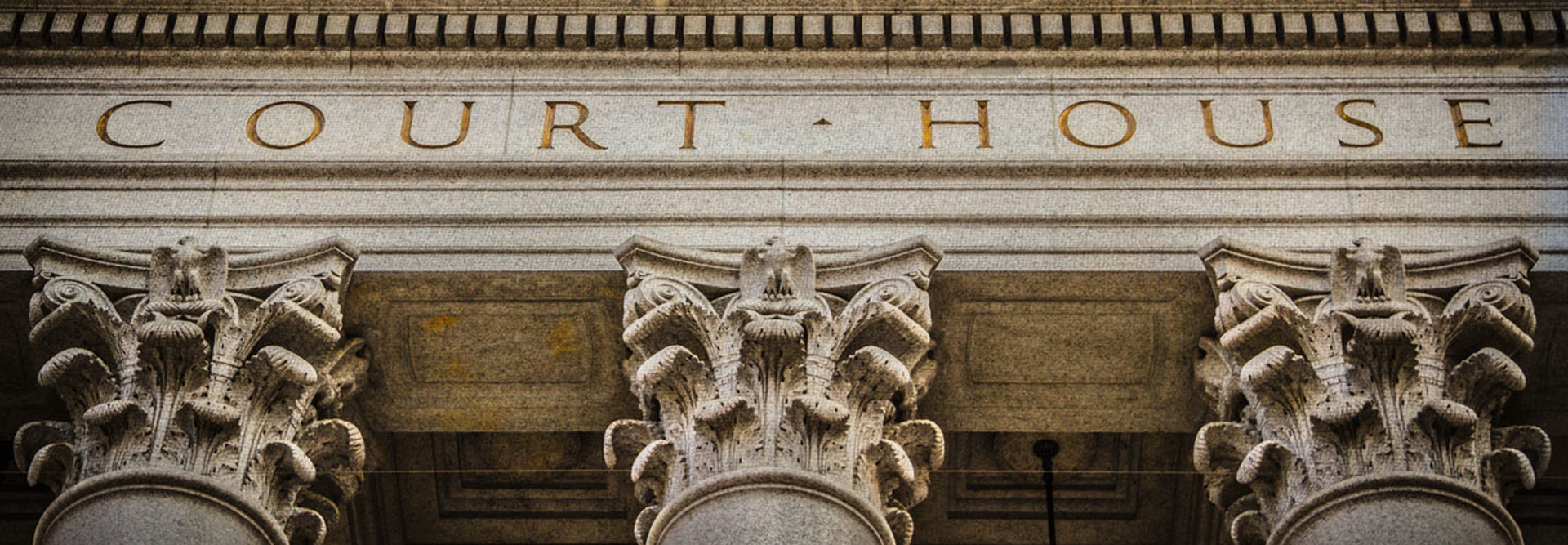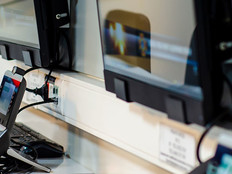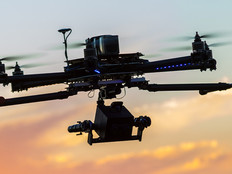3 Ways Connected Courtrooms Enhance the Justice System
Anytime deputies have a chance to avoid transporting an inmate from a jail cell to an external location, it may mean fewer risks for all involved. For instance, less contraband could be coming in. If there’s foul weather, there’s less of an opportunity for a crash. Sheriff’s offices don’t have to tie up personnel moving people back and forth. And escape attempts are less likely.
A growing number of counties, states and municipalities rely on tech solutions to facilitate virtual court appearances. In addition to reducing the chances of a security breach or other incident, these tools are helping governments save money on transportation, provide remote access to interpreters, deliver services to inmates and allow public attorneys to share and access documents.
“It’s crystal clear technology,” says Joseph G. Mangano, senior business development strategist for public safety in state and local government at CDW. “You can see how the person looks, how they’re acting, how they react to a question. It’s like you’re right there.”
While such tools have been available for years, they have been out of reach for many agencies, especially smaller court systems that lacked the resources to invest in on-premises solutions. However, that changed in late 2015, when CDW partnered with Cisco Systems to offer subscription services to cloud-base telepresence for law enforcement agencies and court systems. Today, the IT networks at many of these organizations are beginning to catch up with demand, finally making the benefits of telepresence available to a wider range of organizations within the justice system.
“The technology is much better now, and we’ve been able to reduce some of the hardware costs,” Mangano says. “I think we’re still on the introductory curve. We’re seeing more telepresence devices in courtrooms, but we’re also seeing mobile devices coming into play.”
SIGN UP: Get more news from the StateTech newsletter in your inbox every two weeks
1. Connecting Families with Telepresence Technology
For years, the Brooklyn Public Library has hosted adult literacy programs for inmates at Rikers Island. When officials looked to expand those programs to include inmates’ children, they turned to IT solutions to connect kids to their parents.
The TeleStory program, which kicked off with a pilot in 2014, uses Cisco telepresence technology to facilitate reading sessions between inmates and their children. The kids and family members visit a private room at the library supplied with books and toys, and the library provides the jail with the same set of materials, allowing inmates and their children to read and play together, almost as though they were in the same room.
2. Building a Bridge to Better Bail Options
In New Jersey, counties are using telepresence solutions to comply with a new state bail reform law that requires defendants make their first court appearance within 48 hours of their arrest.
The Bail Reform and Speedy Trial Act went into effect at the beginning of 2017, with the aim of decreasing jail populations and saving money by eliminating bail in most criminal cases.
While jail systems save money by housing fewer inmates, court systems must work to process inmates faster — including, in some cases, on weekends and holidays — to meet the 48-hour deadline. To help reduce costs and keep proceedings moving on days when courthouses and jails aren’t operating at full staff, many counties are relying on video solutions. After three months, there were nearly 2,400 fewer people in jail awaiting trial in the state than there were at the same time one year earlier.
3. Making Face-to-Face Communication Possible
Although courts and law enforcement agencies operate in a very specific context, many of their needs are like those of organizations in other industries. In virtually any instance when two or more people need to connect — but when physical transportation is expensive or inconvenient — telepresence tools can help streamline workflows and eliminate inefficiencies.
In addition to connecting defendants to court for video arraignments, some court systems use connected justice solutions to allow parties and witnesses to make motions or deliver testimony from anywhere through a secure video connection. Judges and arbitrators can also use these systems to connect simultaneously with multiple sites and review evidence and legal arguments. Interpreters can be brought into court via video from anywhere in the world, eliminating travel costs and delays. And court systems and law enforcement agencies can use telepresence tools to conduct internal business, allowing officials and staff to meet, collaborate and engage in trainings remotely.
Some police departments even connect systems to officers’ mobile devices, enabling “rolling roll calls” that allow officers to begin their shifts already on the streets.
In Texas, some court officials use connected justice technologies to ensure compliance with the state’s Fair Defense Act, which requires the appointment of a public defender within 24 hours of a person’s arrest. Those with the technology rely on a robust IP network and video endpoints to communicate with defendants.
“The technology is being used by district attorneys, public defenders, police and sheriff’s departments,” says Daniel Stewart, senior justice adviser for public safety and defense at Cisco. “It’s being used to deliver health, education and mental health services. Anytime inmates, courts or law enforcement need to communicate face to face, connected justice solutions can facilitate that.”








